Seems I got in and out just in time. Given the crisis headlines and all, you could find yourself wondering whether Greece is still there. Having spent a week on Greek soil, June 3-10, as a participant in the 15th Athens Photo Festival (APhF), I can certify not only that Greece existed then but that daily life seemed to go on more or less as usual.
At the same time, walking around central Athens takes you past multiple closed shops and boarded-up buildings, flyblown outdoor markets, omnipresent graffiti, and homeless mendicants asleep on the streets. You stroll amidst a multi-ethnic mix of Mediterranean Europeans, Middle Easterners, and Africans, intermingled — in this season, inevitably, but to some extent year-round, I’m sure — with tourists and people, like myself, who have come for some professional reason. From one block to the next in this cradle of democracy, the First World slides into the Third World.
I’ve never had much of the traditional tourist impulse — no bucket list of places I yearn to visit and sights I want to see. Neither I nor the pyramids of Egypt (or Machu Picchu, or any other wonder of the world) will improve because I’ve laid eyes on them; I’ll consider my life complete even if I never raft down the Amazon. My preferred mode of engagement with another culture involves getting plunked down just about anywhere, even some nondescript small country town or ratty little industrial burg, for two to four weeks at any time of year, so I can watch and participate in the everyday routines and quotidian activities of that community, merging them with my own.
This was my second visit to Greece — the first took me to the Photobiennale Thessaloniki in May 2010 for a week, when the current financial crisis had already begun to bubble up. Neither short stay allowed any time to settle in, but I made the best of it then, and again this year. Saw Hadrian’s Arch up close, the Acropolis from a distance both in broad daylight and at night. Wandered lonely as a cloud through Technopolis, an old gasworks repurposed as a cultural space (hosting the Athens Jazz Festival at that moment). Survived a touch of heatstroke that reversed my peristalsis, drank freddo cappucino to cool down and rev up in the afternoons. Poked around the flea market for old snapshots, nibbled on mezze in backstreet tavernas.
Let the Wild Rumpus Start!
 I’d come at the invitation of the annual Athens Photo Festival, which describes itself at its website as “the longest-running festival of photography in Greece, and one of the five oldest of its kind in the world.” The Hellenic Centre for Photography, founded in 1986, stages it. The invitation fulfilled a long-standing promise made to me in the ’90s by the founder of the HCP and the festival, Stavros Moresopoulos. My role included giving a short evening lecture as part of the programming and spending two mornings doing portfolio reviews, along with a cluster of other invited guests.
I’d come at the invitation of the annual Athens Photo Festival, which describes itself at its website as “the longest-running festival of photography in Greece, and one of the five oldest of its kind in the world.” The Hellenic Centre for Photography, founded in 1986, stages it. The invitation fulfilled a long-standing promise made to me in the ’90s by the founder of the HCP and the festival, Stavros Moresopoulos. My role included giving a short evening lecture as part of the programming and spending two mornings doing portfolio reviews, along with a cluster of other invited guests.
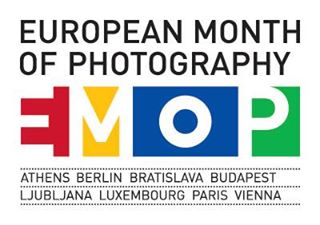 The Athens Photo Festival is a member of the European Month of Photography (EMoP), “a network comprised of photography festivals in 8 European capitals – Athens, Berlin, Budapest, Bratislava, Ljubljana, Luxembourg, Paris, and Vienna – that aims to foster collaboration on joint projects within a European context.” EMoP representatives meet four times a year to further their collective plans, usually at one or another of their festivals. This was one of those conjunctions, and since we shared the same hotel as well as some of the same obligations (lectures, portfolio reviews) we spent a fair amount of time together, from breakfast through the evenings.
The Athens Photo Festival is a member of the European Month of Photography (EMoP), “a network comprised of photography festivals in 8 European capitals – Athens, Berlin, Budapest, Bratislava, Ljubljana, Luxembourg, Paris, and Vienna – that aims to foster collaboration on joint projects within a European context.” EMoP representatives meet four times a year to further their collective plans, usually at one or another of their festivals. This was one of those conjunctions, and since we shared the same hotel as well as some of the same obligations (lectures, portfolio reviews) we spent a fair amount of time together, from breakfast through the evenings.
I arrived on the morning of June 3, putting me there in time for the well-attended opening of the festival that evening. This took place at the Annexe of the Benaki Museum, whose hosting of the festival this year initiated a 5-year (renewable) partnership between the festival and this museum. Previously the APhF has worked with other venues in the city; last year, for example, it housed its main exhibits in the above-mentioned Technopolis, a short walk from the Annexe. And, like most photo festivals, the APhF encourages and facilitates the participation of other organizations and sites, resulting in exhibitions and programming dotted all over the city for two months. (It ran through July 31.)
A Shot Across the Bow
The festival’s central cluster of exhibitions, on view at the Benaki Annexe, included one to which all members of the European Month of Photography had contributed curatorially and organizationally, titled “Memory Lab: Photography Challenges History,” which will circulate to all the EMoP members’ venues. This group show, which gave substantial space to a number of individual projects, “addresses the theme of photographic memory, recalling the painful events and aftermaths of the major conflicts that marked Europe in the twentieth century.”
Since, building on that core, the APhF took as this year’s main theme “Reframing Memory,” our Capa D-Day project seemed the perfect topic for my talk. So, on the evening of June 5, I gave the first of what I anticipate will become a series of public presentations on the Capa D-Day project, as part of an APhF-sponsored symposium titled “Photo Voices: We Speak Photography.” (My participation therein had the sponsorship of the U.S. Embassy in Athens, for which I thank them.)
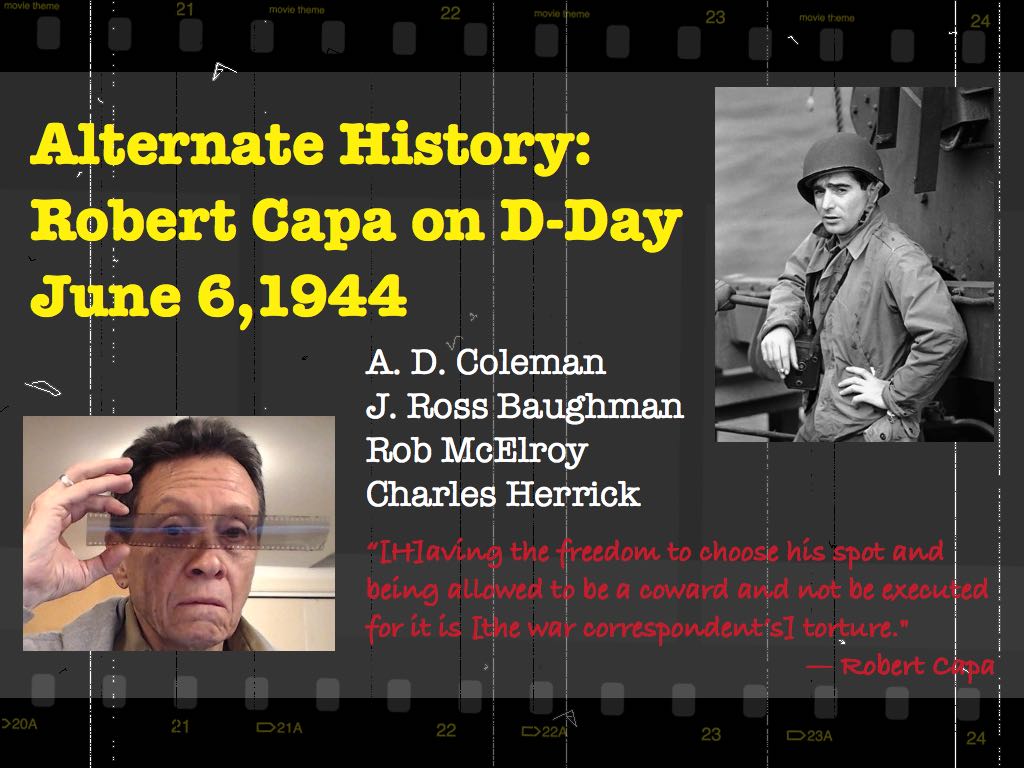
“Alternate History: Robert Capa on D-Day,” A. D. Coleman Keynote presentation, title slide, June 2015
This was a 20-minute synopsis of the past year’s research by our team, accompanied by a Keynote slideshow. Time constraints, announced by the moderator at the outset, had precluded questions from the audience to the presenters who had preceded me. However, no sooner had I finished than photographer Patrick Zachmann, present to give his own talk and conduct a festival-sponsored workshop, stood up to announce that his membership in Magnum Photos privileged him to respond. Whereupon he complained at some length that I had failed to include any mention of Capa’s many accomplishments and the high regard in which so many hold him. Zachmann actually told the moderator, Démosthène Agrafiotis, that he should have scheduled something properly reverential about Capa to counterbalance my lecture.
This of course constitutes petulant balderdash. No symposium has any obligation to balance any presentation with an opposing position, especially when the lecturer represents a decidedly minority opinion. Hagiographic commentary on Capa’s life and career is a glut on the market, readily available in print and online. Moreover, my talk had referred to and illustrated a number of those paeans, just as our published investigation notes and links to many of them. I said as much in a short response to Zachmann’s hissy fit.
However, Zachmann’s little diatribe did exemplify perfectly the knee-jerk defensiveness with which representatives of what I’ve come to call the Capa Consortium respond to any challenge to the Capa legend. I didn’t need to highlight this; members of the audience recognized it as such, I learned in conversation with them after the symposium ended. (One asked me if I’d paid Zachmann to prove our point; I had to answer that he’d done so with no prompting from me.)
I don’t know if Zachmann acted on his own initiative at the lecture or after consulting with the head office. (The festival announced my topic several months in advance, along with the others, so the Magnum crew could easily have known of it.) Either way, it signifies to me that, despite Magnum executive director David Kogan’s refusal to communicate with me, they plan to come out swinging at some point. So I might as well take the fight to them, and declare this the first round.
•
As for the offerings of the festival itself: Between the expertly if conventionally installed shows at the Benaki, the photo-book survey in a side room there, the ancillary exhibitions we visited at other sites, and what I saw during the portfolio reviews, photography is alive and well in Greece, as it is elsewhere. The work on view ranged from people curating and recontextualizing material from the East German Stasi archives and their own family albums to newly made images of a wide range of subjects and extremely varied content. The forms included everything from traditional framed prints on the wall to installations and multimedia environments. The program also included a performance-art component. (The festival’s website will give you a reasonable overview.)
If I found much of the work I saw generic, dominated too often by the pervasive current tropes, I also found it, on the whole, thoughtful and well-made. I could say the same about the festival itself; they could improve their system for scheduling the individual sessions of the portfolio reviews, but otherwise everything looked good and ran smoothly. The ennui I experienced recurrently in relation to both the imagery and the event may simply derive from the fact that I’ve been at this too long: I went to my first photo festival 35 years ago this summer, started looking at photo books and exhibitions thirteen years before that, and find it impossible to set all that aside in order to engage tabula rasa with something new. If I had come to this work, and this festival, with the beginner’s innocent enthusiasm I felt back in 1967, I guarantee it would have bowled me over.
At the same time, too much of the work struck me as subsumed under whatever concept had prompted its production and thereby made it inherently illustrational, even when the images could perhaps stand by themselves. This signals some basic distrust of the multivalent potential of the photographic image as an autonomous communicative artifact, harnessing it from its inception to some articulated superstructure (and often to text) as a means of controlling from the outset its unpredictable energies — trammelling it with anchors and relays, to use Barthes’s formulation, lest it float free to frighten the little ones.
A heap of rote cataloguing, a plenitude of looking, and a scarcity of seeing. I did review three portfolios by people who simply take their cameras out for walks and photograph what strikes them. Not surprisingly, none of them had gone through the international photo-ed system; they just enjoyed making intelligent, well-seen pictures, and had become quite good at it. One of them worked in color and, aware of the project orientation of the contemporary photo scene, had organized his work into a complex structure which I found a bit overdetermining, so I advised him to loosen it up.
The other two worked in black & white, presenting their imagery with no thematic exoskeleton. I encouraged them, individually, to continue along that path, simply returning periodically to what they had done before on the assumption that internal, organic connections between their pictures would eventually appear. Then, knowing that in the current environment for creative photography their modus operandi makes them outliers, I introduced them to each other. May their tribe increase. Perhaps they’ll name their first-born after me.



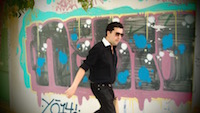
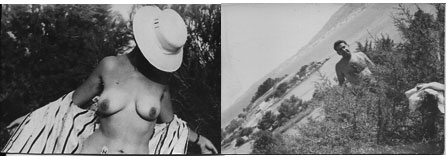
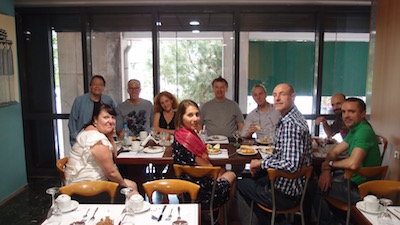
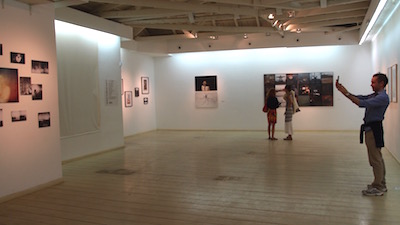
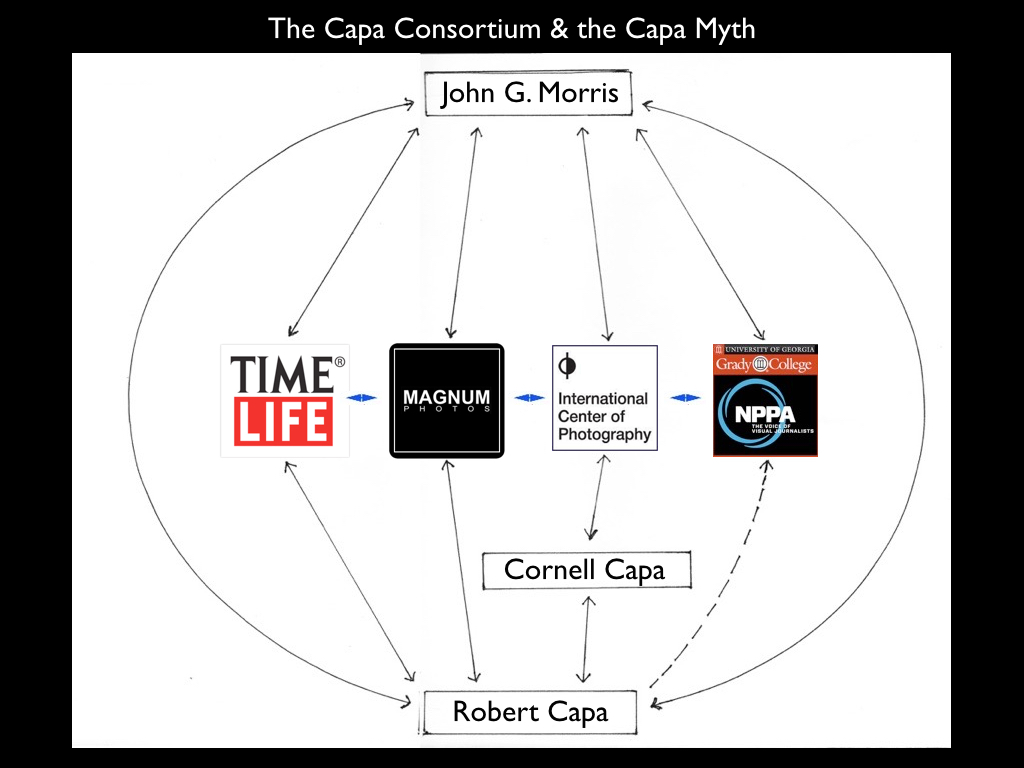
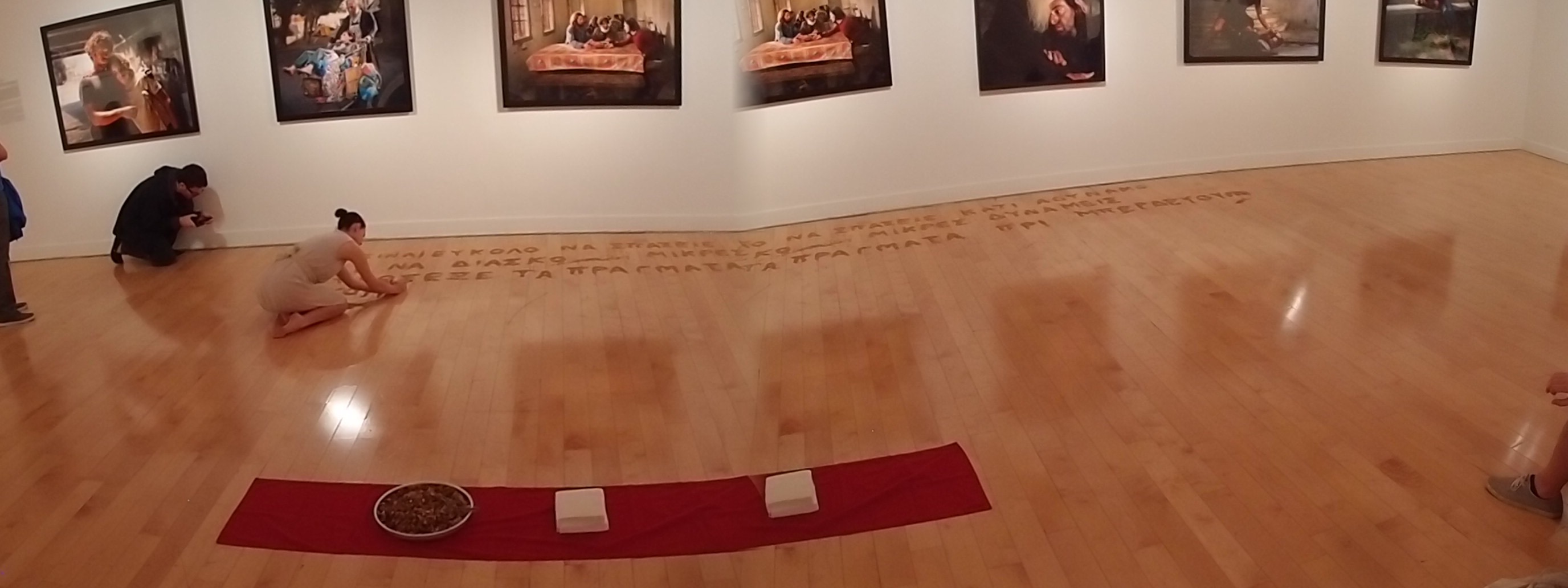
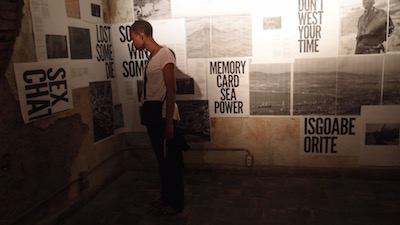
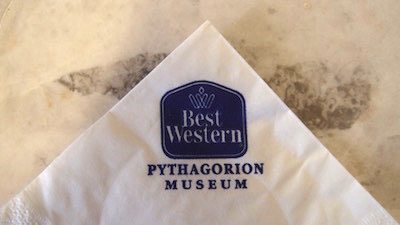




Hello A.D.,
Well, nothing beats a little adventure. I for one love Greece but could live without Athens and it’s grafftied Marble walls, the food is great and the shape of a Greeks face changes the father north you go-that’s another story.
There are two things in the photography world that I never quite understood, and that woud be Magnum and Leica. If you belong to Magnum, you are the best of the best-some type of God. When I first came into photography I went to a party there, this was the attitude, although none of their photographers I admired. I knew Cornell Capa and liked him, he was quite the charming man but not the photographer I dreamed of.
It’s the same with Leica, the idea that holding a Leica would make you a better photographer-so don’t put it down. To me Leica is like a Prada purse, it’s chi-chi times ten. On occasion I go to an opening at the Leica Gallery, there you will notice all forms of Leica’s-it’s a fashion parade with many members belonging to Magnum.
At least you got to enjoy and see first hand Greece, that was the trip. JPN